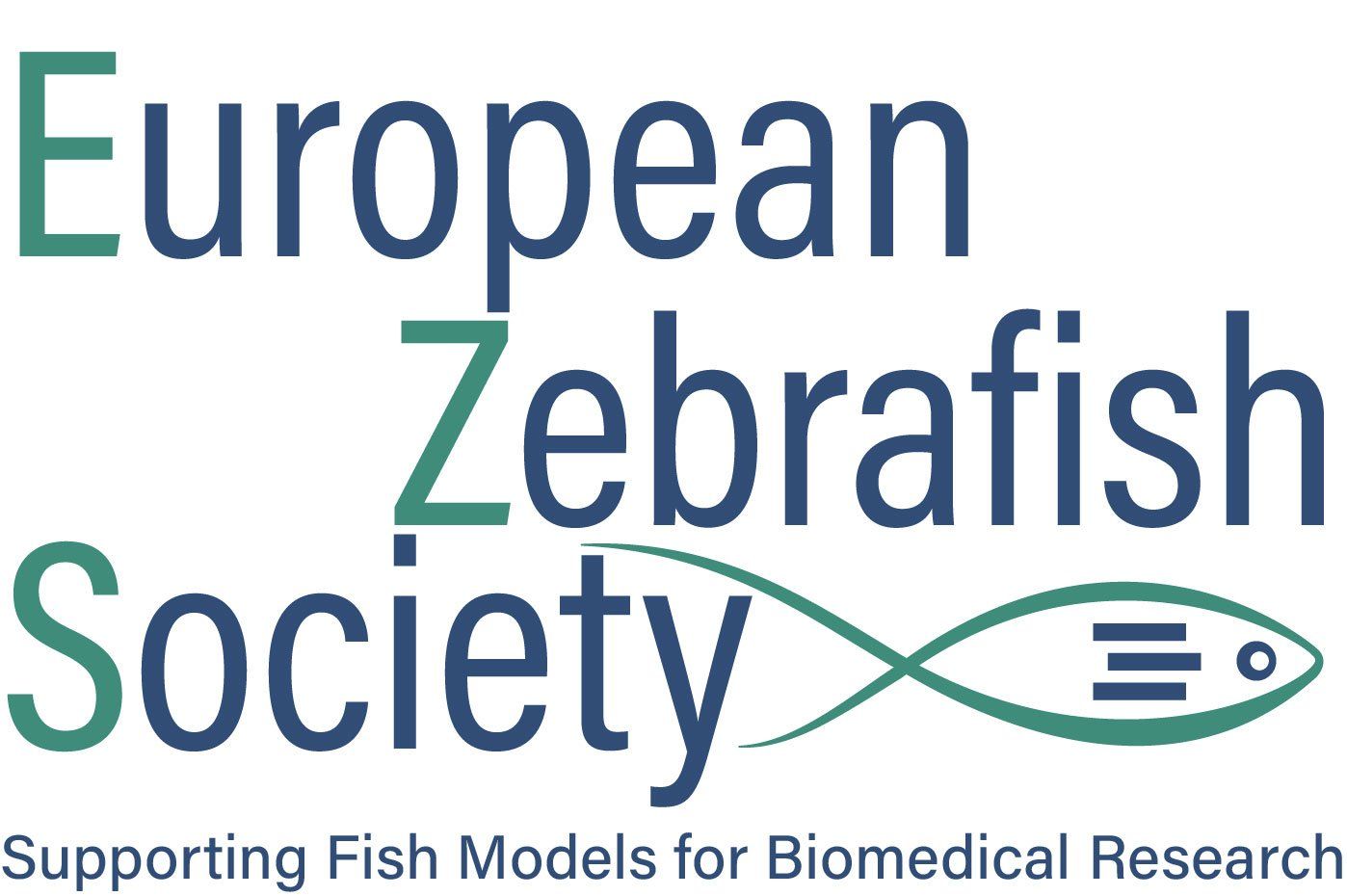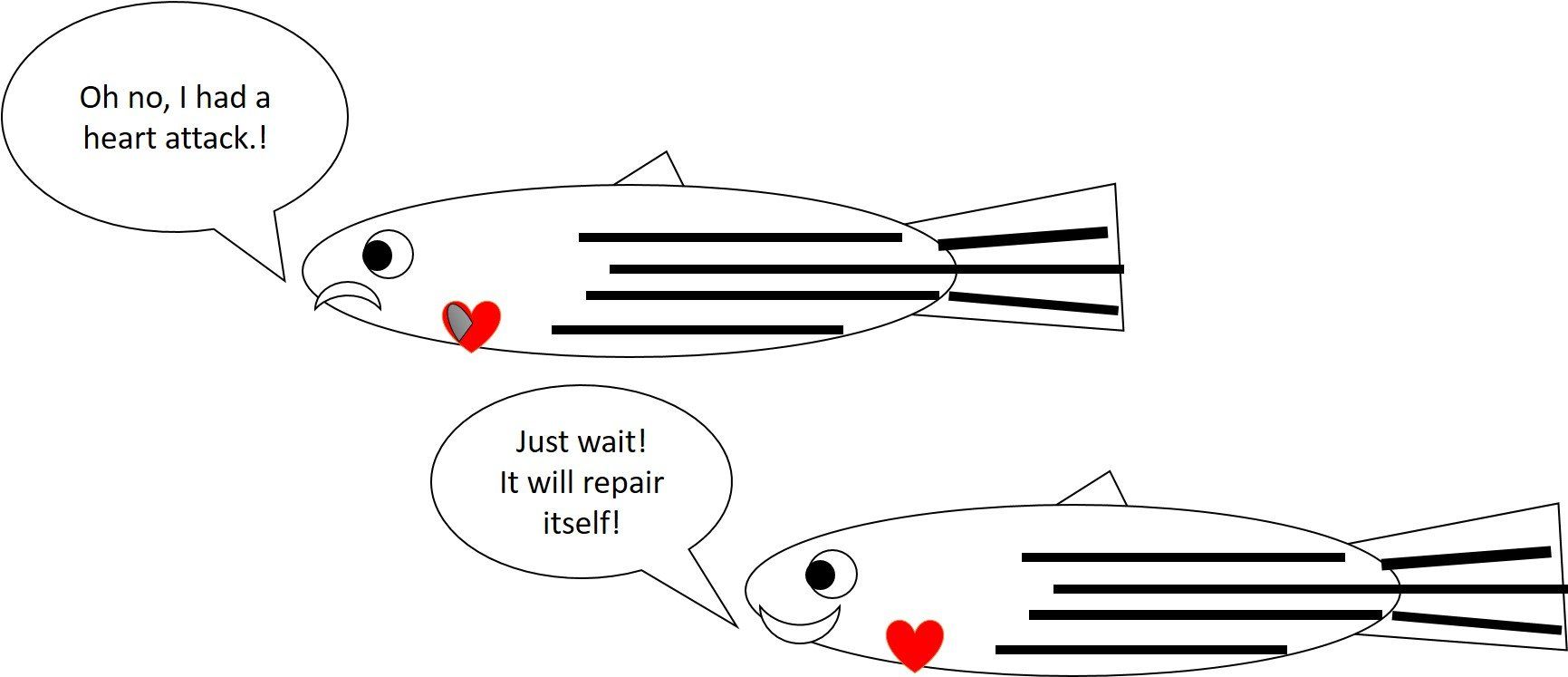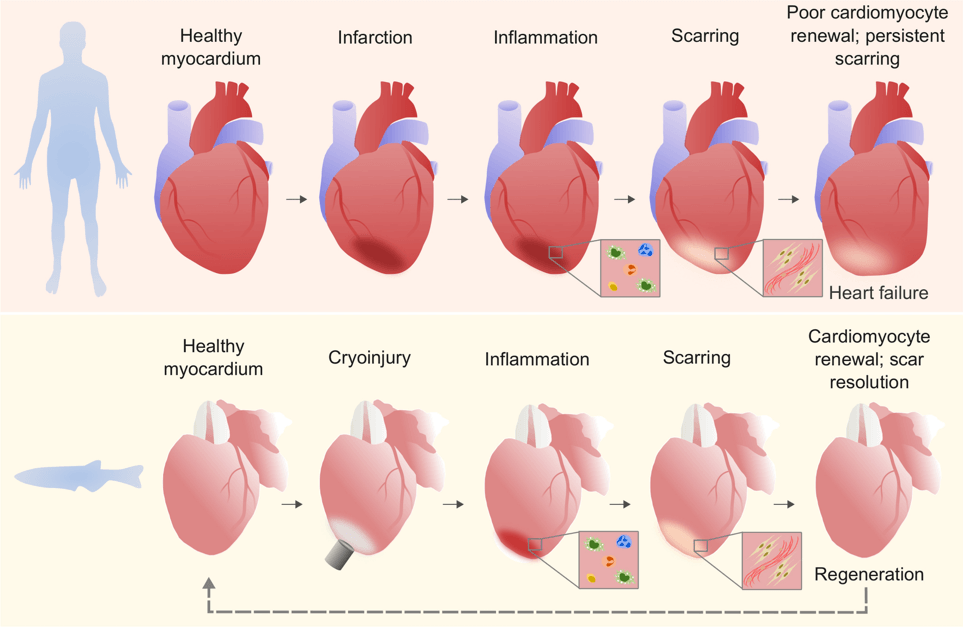Tissue Regeneration
Severe cardiac injury in the human heart, such as after a heart attack leads to the loss of millions of heart muscle cells. These lost heart muscle cells are not replaced due to the lack of a cardiac stem cell. Instead, the lost heart muscle tissue is replaced by a permanent scar. As this scar cannot contract like the heart muscle, it results in a decline in cardiac function, which leads to heart failure and ultimately death. It is estimated that there are 38 million patients that suffer from heart failure worldwide.
In 2002 researchers discovered that unlike humans, zebrafish have the amazing capacity to completely regenerate their heart after a severe injury. Initially a scar is formed but this is resolved resulting in scar-free regeneration. To achieve this, heart muscle cells near the injury start dividing to form new heart muscle tissue which will replace the scar and ultimately completely restores heart function. Understanding how the zebrafish heart regenerates has become the key objective for many research groups all over the world, including Europe.
The genes and molecular interactions of their products, the proteins, are very similar in fish and man. It is thus hoped that we can learn from the zebrafish how the heart is regenerated effectively so that we can develop new treatments that can do the same in humans.


